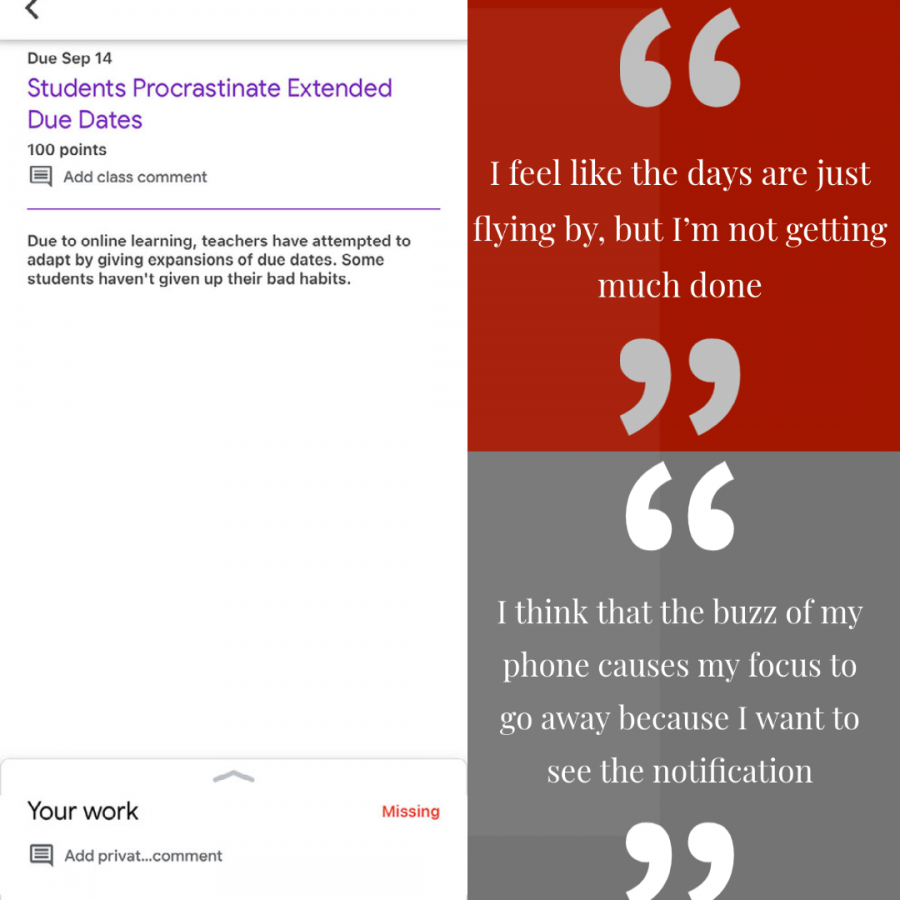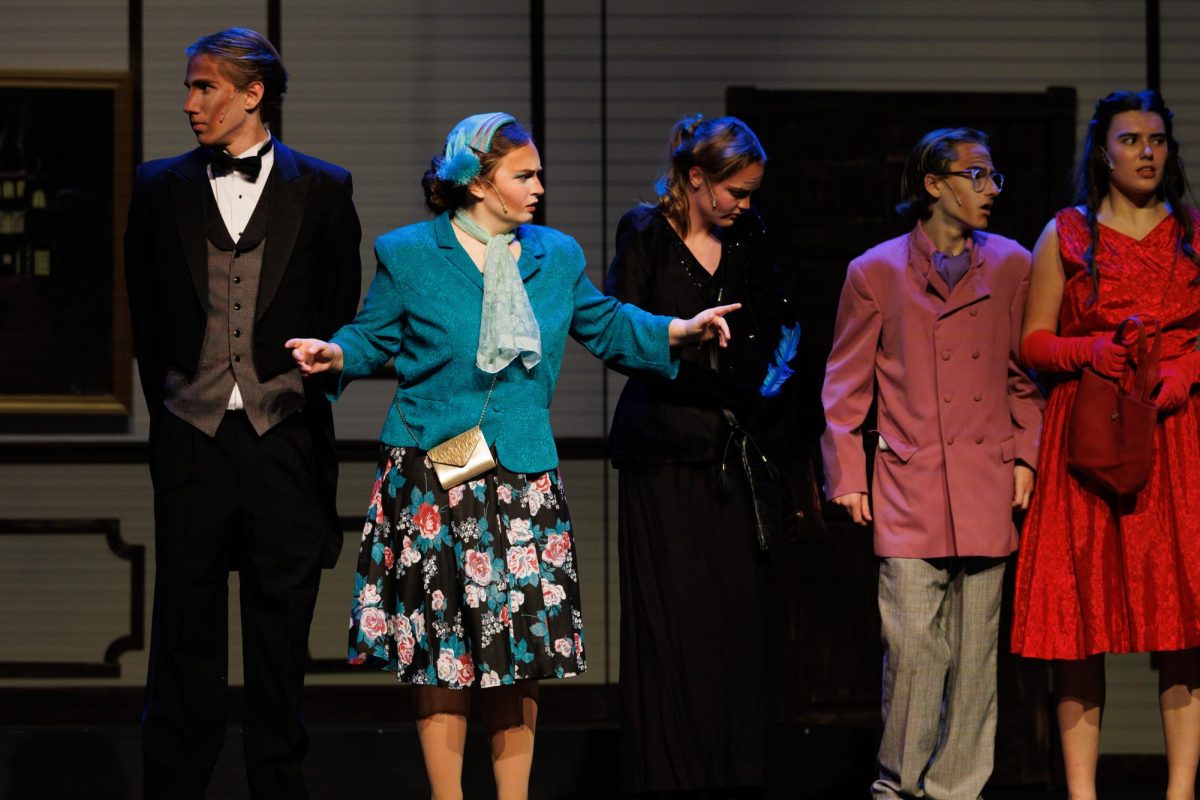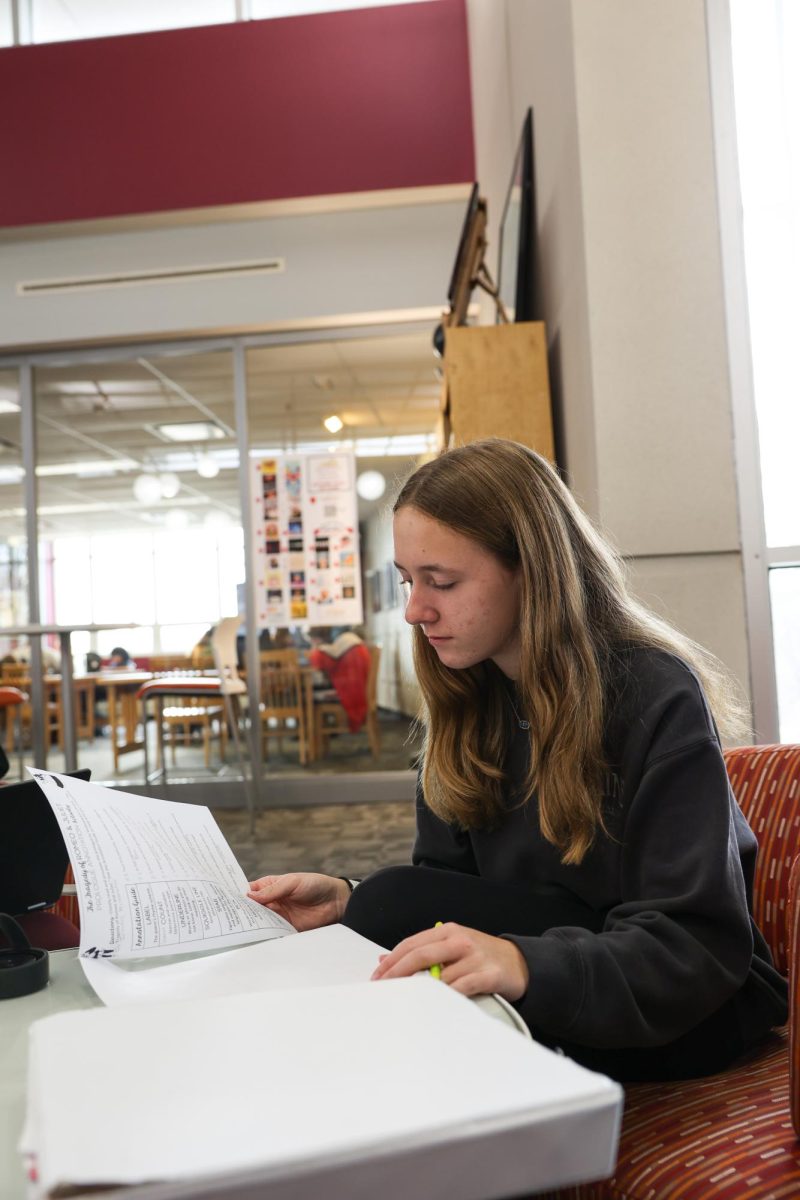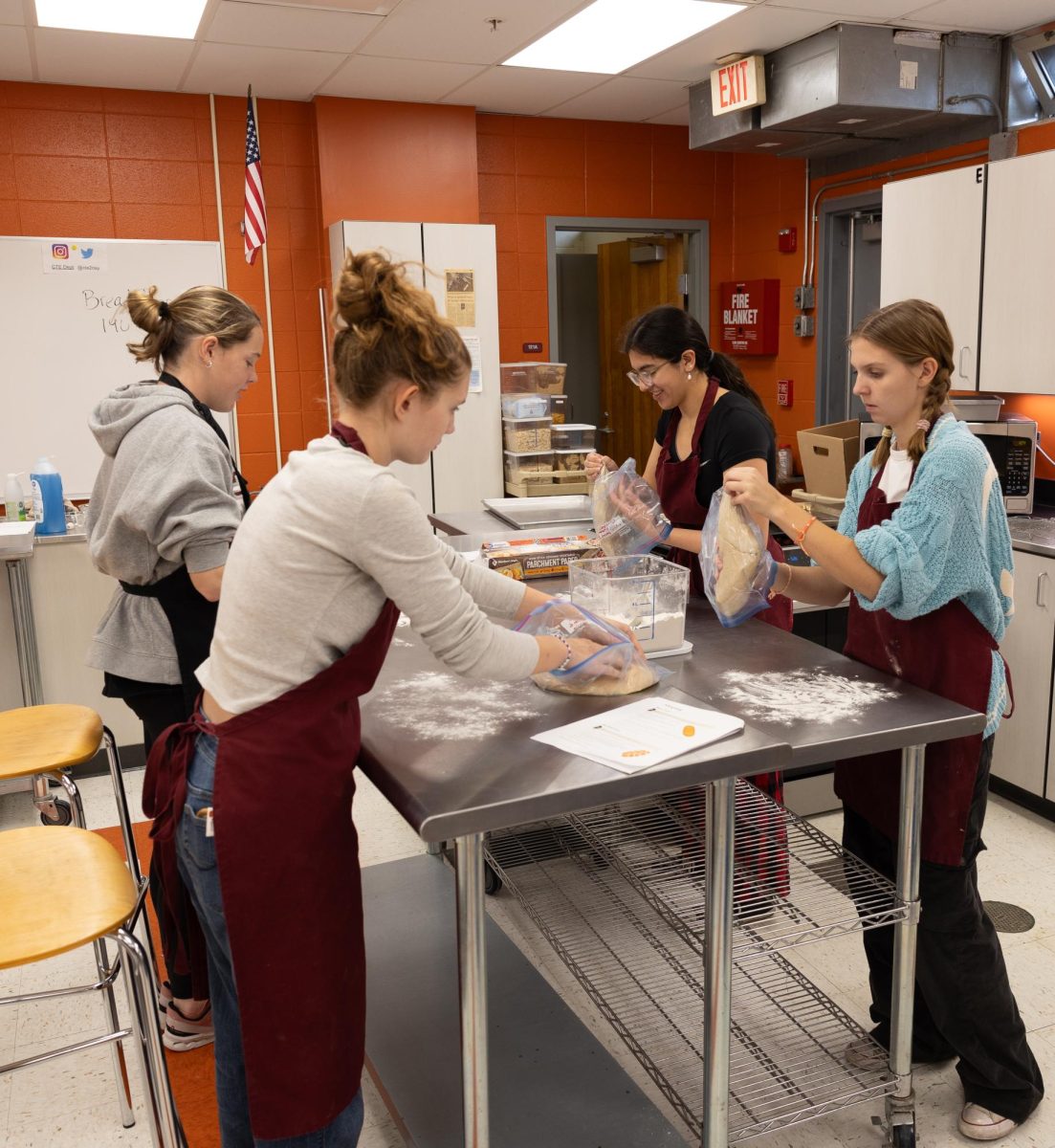Students at Antioch Community High School are virtually learning for the first half of the 2020-2021 academic school year. As a result, teachers devised new game plans that would work best for their students’ understanding. The extension of due dates were enforced, but some students have chosen to wait until the last minute to finally begin.
According to the eLearning Industry, procrastination stems from not only the task at hand, but negative emotions, such as anxiety, anger and self-doubt that drive students to defer from their work. It’s not only the difficulty level, but the feelings of the individual behind it.
Senior Jillian Bautista admits firsthand she is a procrastinator. The loss of motivation for her is not because of the work, but because of the repetitiveness of each day.
“I feel like the days are just flying by, but I’m not getting much done,” Bautista said. “It gets a little boring waking up, then sitting at the same desk for hours upon hours doing work online.”
Another factor of procrastination are distractions. The environment at home is different from the environment in a classroom. Teachers can’t monitor their students well enough to make sure their work is being completed.
“I think that the buzz of my phone causes my focus to go away because I want to see the notification,” sophomore Matthew Stanek said. “Other distractions are definitely my family and I then leave the room to go see what everybody else is doing.”
For online learners, there are a number of ways to limit their procrastination habit, but it all starts with them. As the school year progresses, the administration hopes for in-school learning to increase in the number of days. This will help create a contrasting learning environment where students are able to focus on their work, instead of their learning being hindered.















